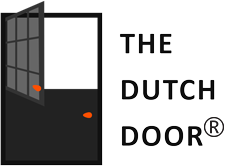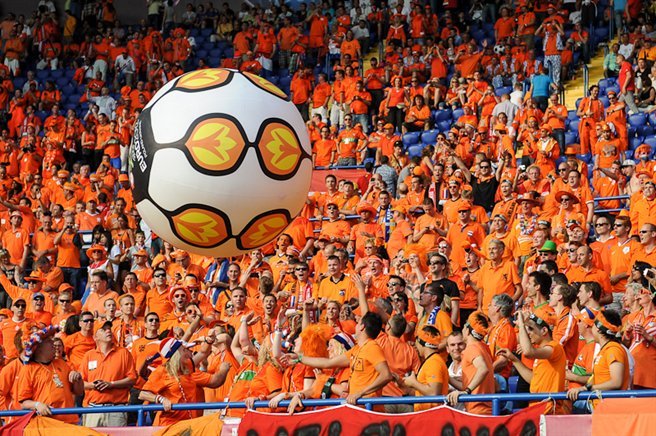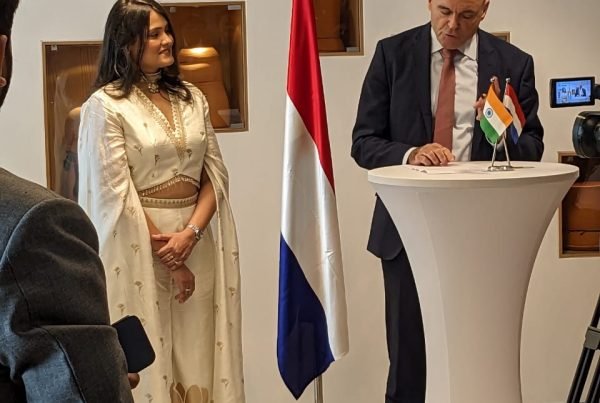Have you ever wondered why orange is the national colour of The Netherlands? Ever seen King Willem-Alexander wearing an orange tie, or maybe our beloved actor Shah Rukh Khan in Jab Harry met Sejal? Why is everyone dressed up in orange during Koningsdag (Kings day) or a voetbalwedstrijd (football match) and why is the Dutch football team called Oranje (Orange)?
This makes us dive into the history of The Netherlands.
Willem van Oranje (also known as William the Silent or William I, Prince of Orange and Count of Nassau) lived from 1533 to 1584 and was born in Germany. He is considered to be a fatherly figure to the Dutch. Known as de Vader des Vaderlands, he is said to have started a revolt against the Spanish King Filips II (Philip II).
Born to Willem I van Nassau-Dillenburg (also known as Willem I de Rijke) and Juliana van Stolberg, Willem initially had a Lutheran upbringing that was later followed by a mandatory Catholic education after the death of his cousin, René van Chalon. He was the Prince of Orange (which is located in France today) and bequeathed all his properties and titles, including that of Prince of Orange, to Willem.
The country, which is now known as The Netherlands, was under the Spanish rule of King Filips II in the 16th century. During this period, a lot of Protestants were persecuted since the Spanish King wanted the Protestants to become Roman Catholics. A major chunk of Europe was controlled by the Kingdom. The heavy taxes, the unfair religious policies and dissatisfaction created a spur of anger, giving rise to a revolt led by Willem van Oranje against the Spanish government. The war lasted for eighty years which ended with the formation of de Republiek der Zeven Verenigde Nederlanden (known as the Republic of the Seven United Netherlands, the Republic of the Seven United Provinces or the United Provinces). Willem van Oranje was assassinated during the war by Balthasar Gérards in the year 1584.




